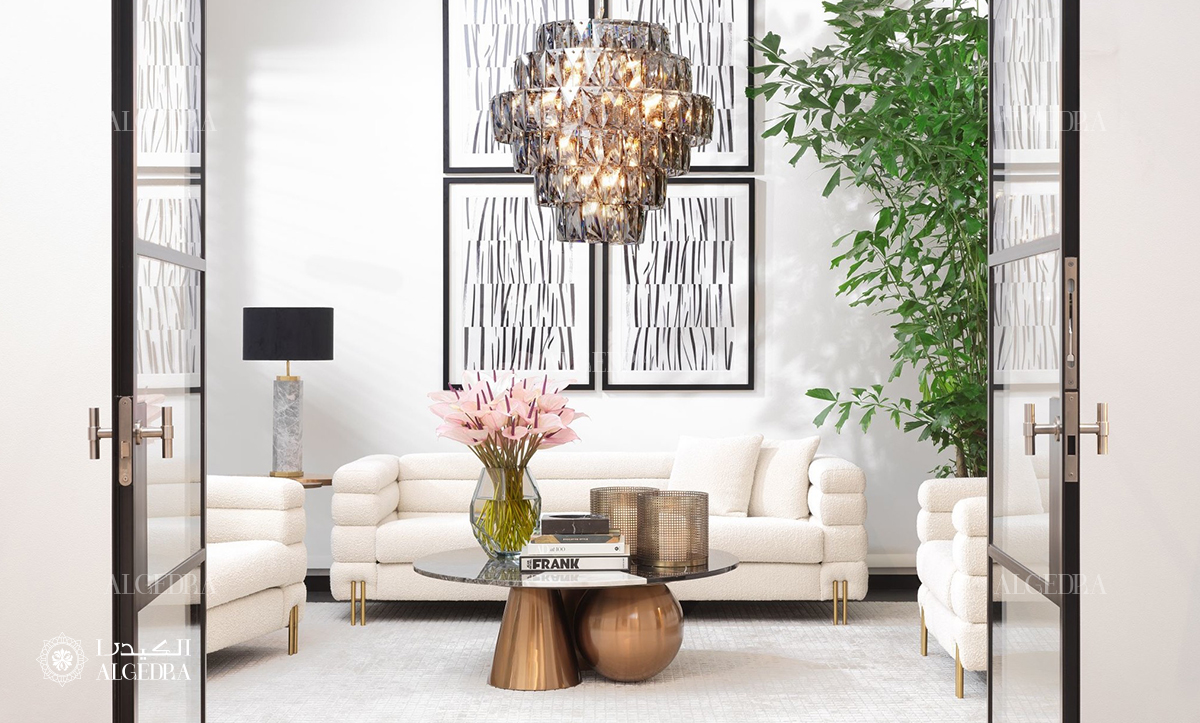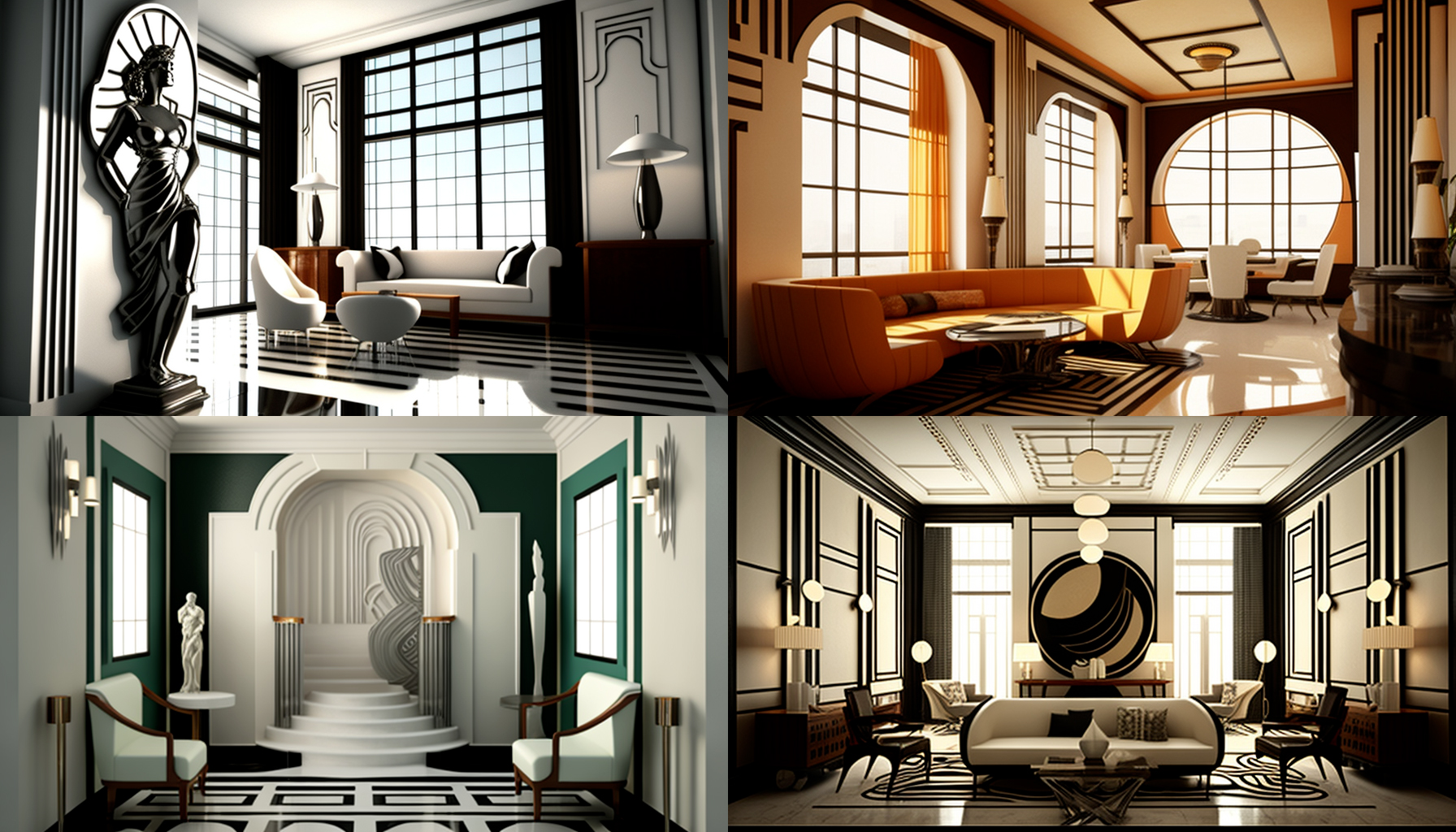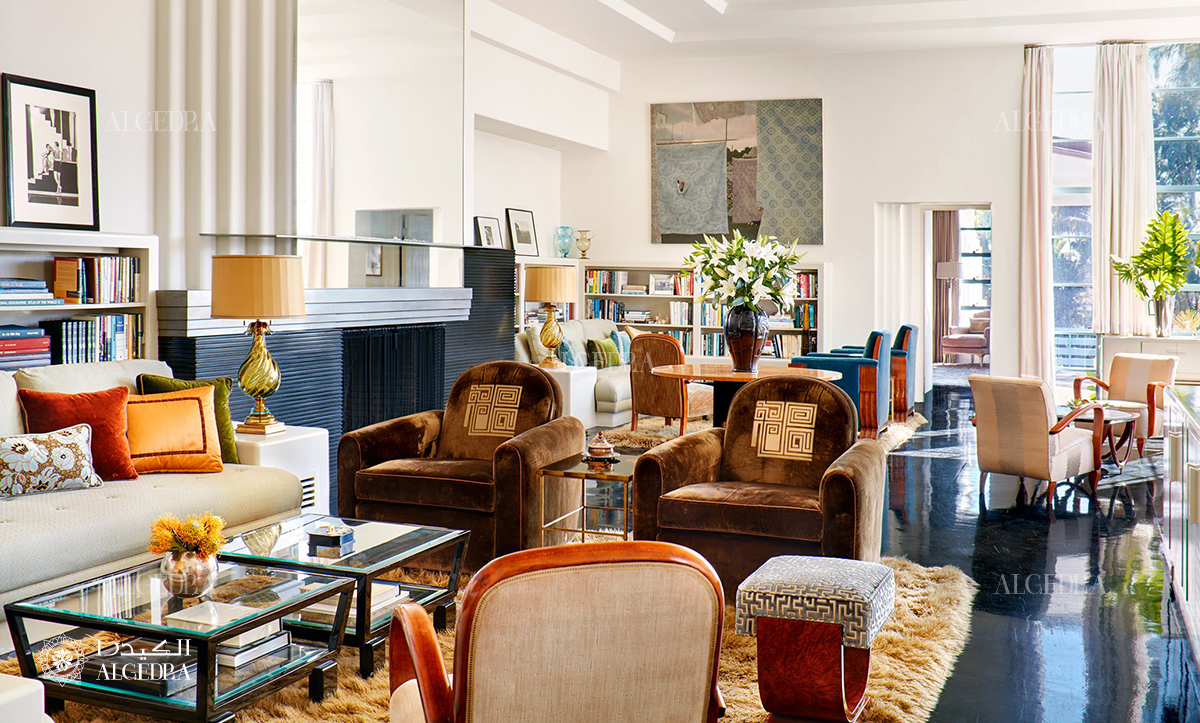Introduction to Art Moderne Interior Design
Art Moderne, often referred to as Streamline Moderne, represents a significant movement in design that emerged in the 1920s and 1930s. With its sleek lines and emphasis on function over form, this style has made a notable resurgence in contemporary interiors. In this article, we will explore the fascinating characteristics of Art Moderne interior design, delve into its historical context, and provide practical advice for incorporating this chic aesthetic into your home.
The Historical Context of Art Moderne
The Birth of a Movement
Art Moderne emerged as a reaction to the ornate styles of the Victorian era and the excesses of the Gilded Age. Influenced by the technological advances of the time, including the rise of automobiles and aviation, this design style celebrated simplicity, streamlined shapes, and materials that conveyed modernity.
Key Influences
- Technology: The Industrial Revolution introduced new materials such as chrome and glass, which became staples in Art Moderne design.
- Art Deco: Although distinct, Art Moderne shares several influences with Art Deco, particularly in its geometric forms.
- Streamlining: The desire for speed and efficiency inspired the curvilinear forms that define this design style.
Core Characteristics of Art Moderne Interior Design
1. Streamlined Forms
Art Moderne is characterized by smooth, flowing lines that evoke movement. This design aesthetic eliminates unnecessary ornamentation, focusing instead on the beauty of simplicity.
2. Use of Modern Materials
Common materials in Art Moderne design include chrome, glass, and plastic, which contribute to a sleek and contemporary feel. The combination of these materials allows for innovative shapes and layouts.
3. Bold Colors and Patterns
While Art Moderne favors neutral palettes, bold accents in colors like teal, mustard, and coral are often used to add vibrancy. Geometric and abstract patterns may also appear in textiles and wall décor.
4. Functional Furniture
Furniture in Art Moderne interiors is not just stylish but also highly functional. Pieces are often multi-purpose, showcasing clever design that prioritizes utility.
Incorporating Art Moderne Into Your Home
Step 1: Choose the Right Color Palette
Begin with a base of muted colors such as beige, gray, or white, and then introduce vibrant accents through artwork, cushions, or furniture pieces. The idea is to create a calm backdrop that allows colorful elements to pop.

Step 2: Select Furniture Wisely
Look for furniture pieces that offer streamlined shapes and functionality. Consider options with chrome legs or glass tops for that quintessential Art Moderne touch.
Step 3: Use Accessories Sparingly
Less is more in Art Moderne design. Choose a few striking accessories rather than cluttering your space. Think of a bold vase or a statement art piece.

Step 4: Embrace Modern Lighting
Lighting fixtures can serve as sculptural elements in Art Moderne design. Look for pieces with sleek lines or geometric shapes in materials like metal and glass.
Comparison of Art Moderne with Other Design Styles
| Feature | Art Moderne | Art Deco | Mid-Century Modern |
|---|---|---|---|
| Shapes | Smooth, curvilinear | Geometric and bold | Sleek and angular |
| Materials | Chrome, glass, plastic | Rich woods, metals, and glass | Natural wood, metal, and fiberglass |
| Color Palette | Muted with bold accents | Bold and vibrant | Earth tones and pastels |
| Furniture Style | Functional and streamlined | Exaggerated and ornamental | Minimalist and practical |

Pros and Cons of Art Moderne Interior Design
Pros
- Timeless Elegance: The clean lines and functional designs of Art Moderne remain appealing across generations.
- Versatile: It can easily blend with various other design styles, adding a unique twist to traditional spaces.
- Easy to Maintain: The use of modern materials often translates to low maintenance and durability.
Cons
- Cold Feel: Some may find the style lacks warmth or coziness due to the minimalistic approach.
- Cost: Sourcing authentic Art Moderne pieces or high-quality replicas can be costly.
- Requires Balance: Achieving the right balance can be tricky; too little can feel sparse, while too much can feel cluttered.

Frequently Asked Questions (FAQs)
What is the difference between Art Moderne and Art Deco?
While both styles overlap in their admiration for modernity, Art Deco is more ornate and luxurious, featuring bold geometric shapes, whereas Art Moderne favors streamlined forms and minimalism.
Can Art Moderne work in small spaces?
Absolutely! The streamlined aesthetic of Art Moderne can create an illusion of more space while keeping the area uncluttered and functional.

What colors work best in Art Moderne design?
Neutral colors are essential for the base palette, with vibrant accents providing pops of color. Think of shades like teal, mustard, or coral to add interest without overwhelming the space.
Is Art Moderne a sustainable design choice?
Many elements of Art Moderne can be sustainable, especially if you focus on sourcing pieces made from eco-friendly materials and considering the longevity and functionality of the designs.
